How to Mitigate Electrical Equipment Failure
Manufacturing facilities are often hot, humid and dusty, filled with debris and other contaminants. That type of environment can be hard on electronic and motorized industrial equipment. Proper component housing and ventilation are needed to minimize contamination, support optimal functionality and prolong the lifespans of equipment.
How Airborne Pathogens Lead to Contamination
CNC and robotic components are often installed in an enclosed cabinet or housing system. When that equipment is operated, the air – and the atmospheric byproducts it carries – is pulled into the cabinet, contaminating the electronics. Natural atmospheric moisture can get inside the cabinet as well.
Proper filtration and ventilation mitigate those problems.
The Impact of Heat
Equipment naturally generates heat while it operates, but when control boards and sub-components are contaminated, that heat gets trapped, causing a variety of problems.
Electronic industrial equipment is typically designed to have an optimal operating temperature of 85 degrees Celsius (185 degrees Fahrenheit). When temperatures climb beyond that, the equipment approaches degradation and failure.
The components that fail most frequently are capacitors, which have a maximum operational heat of 105 degrees Celsius (220 degrees Fahrenheit). When those parts are forced to operate above that temperature, their interiors begin to dry up, which leads to equipment failure.
A properly calibrated air conditioning unit within the housing supports ideal operating temperatures. And when you maintain the ventilation system and take steps to reduce contaminant buildup, your AC unit will operate more efficiently, minimizing equipment degradation and failure.
If you have an electronic unit that needs to be repaired, we can help. Reach out to us today.
Related blog posts:
CNC Controls: Save Up to 50% When You Choose Repair Over Replacement
Robotic Systems Repair: A Cornerstone Service
Overcurrent Faults in VFDs: Diagnoses and Treatments
